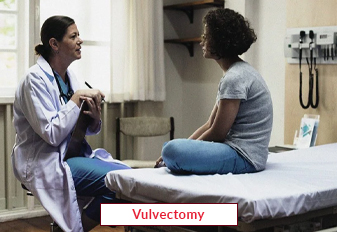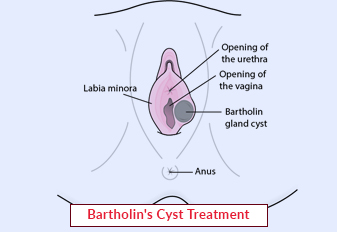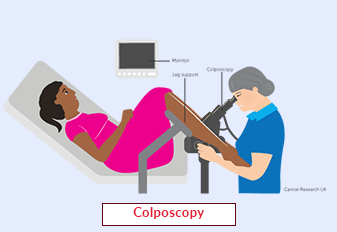Vulvectomy

Vulvectomy is a surgical procedure that involves the partial or complete removal of the vulva, the external genitalia of a woman. It is typically performed to treat vulvar conditions such as vulvar cancer or extensive pre-cancerous lesions. In this article, we will explore the concept of vulvectomy, its significance in managing vulvar pathologies, and the procedure involved.
Book an AppointmentAbout Vulvectomy
Vulvectomy is a surgical treatment option for women with vulvar conditions that cannot be effectively managed through conservative measures alone. The procedure aims to remove the affected tissue while preserving nearby structures and maintaining optimal functional and aesthetic outcomes. The extent of vulvectomy depends on the specific condition being treated and the stage of the disease.
Procedure of Vulvectomy
-
Preoperative Assessment: Prior to the procedure, a thorough evaluation is conducted, which may include a physical examination, imaging tests, and biopsies to determine the extent of the condition and the appropriate surgical approach.
-
Anesthesia: Vulvectomy is performed under general anesthesia to ensure the patient's comfort and safety during the surgery.
-
Incision and Tissue Removal: The surgeon makes an incision around the affected area, carefully removing the diseased tissue. The extent of tissue removal depends on the specific condition and its stage. In some cases, a portion of the vulva may be removed (partial vulvectomy), while in more advanced cases, a radical vulvectomy involving the removal of the entire vulva may be necessary.
-
Lymph Node Assessment: In cases of vulvar cancer, nearby lymph nodes may be assessed to determine if the cancer has spread. This may involve removing sentinel lymph nodes or performing a more extensive lymphadenectomy.
-
Reconstruction: After removing the diseased tissue, the surgeon may perform reconstructive procedures to restore the appearance and function of the vulva. This may involve various techniques, such as local tissue rearrangement, skin grafts, or flap reconstruction.
-
Closure and Recovery: The incisions are meticulously closed with sutures or surgical staples. Patients are closely monitored during the recovery period and provided with appropriate wound care instructions. Postoperative pain management and follow-up visits are arranged to ensure proper healing and monitor the patient's progress.
Require Assistance?
Get A Quick Callback From Our Healthcare Experts






